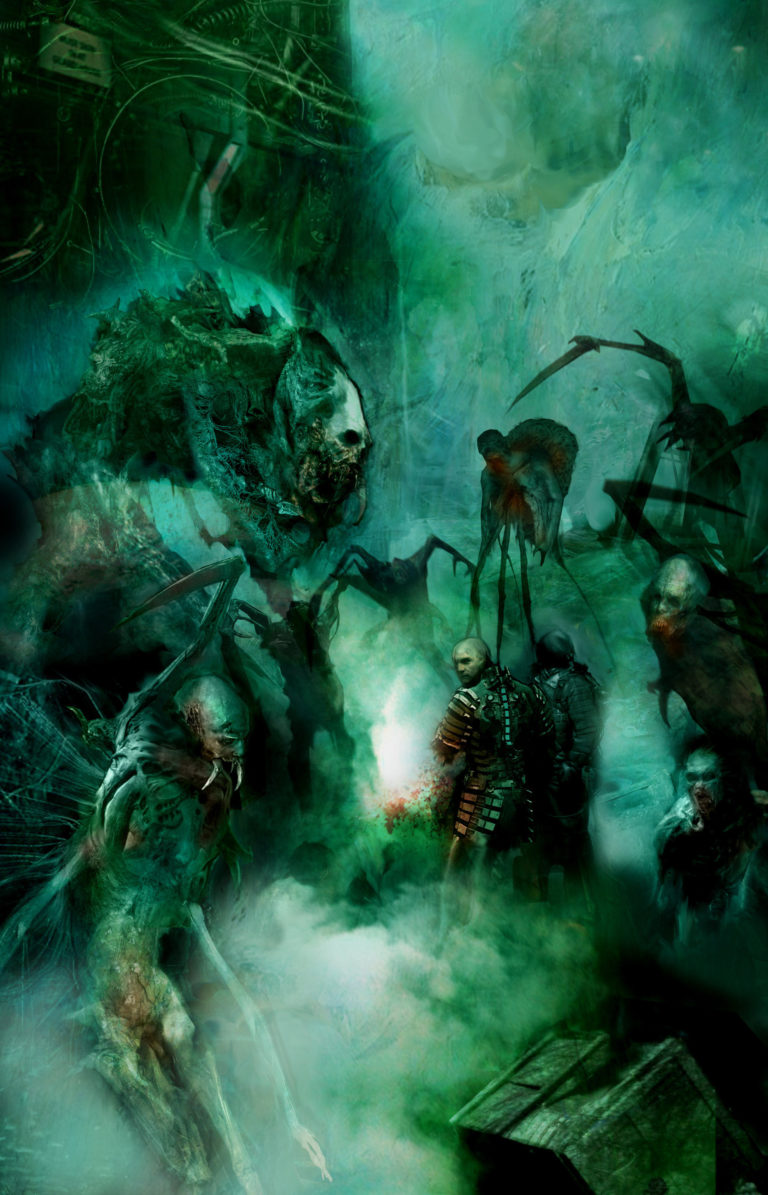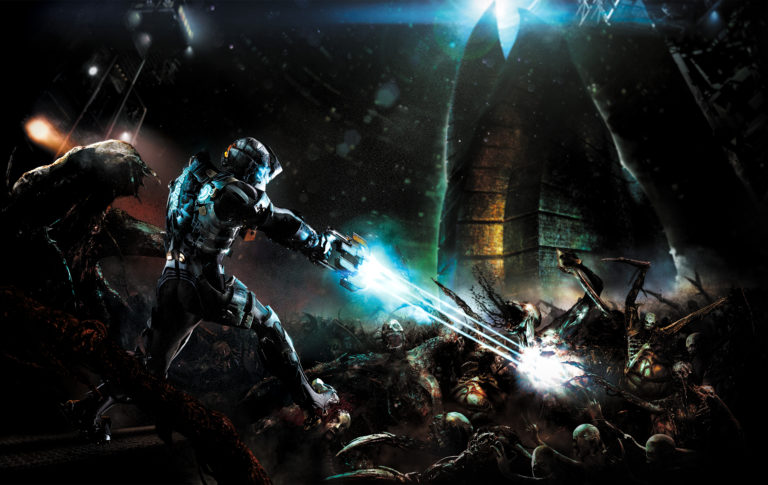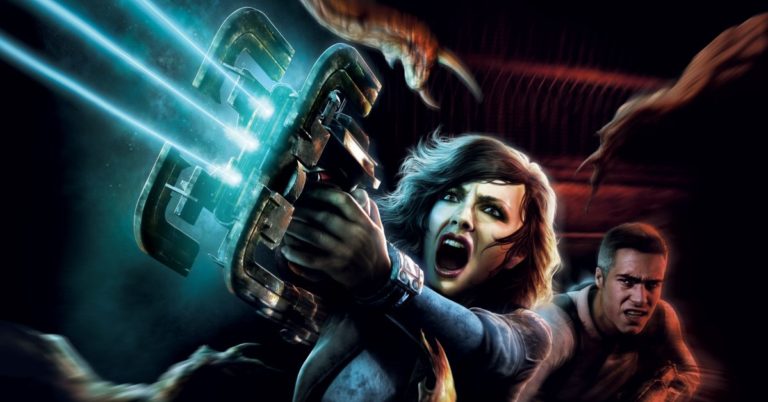From the very beginning Dead Space was conceived as a multi-media franchise. To that end it managed...
Dead Space
Man, I was being nice to this game back when I wrote my original review of it....
Welcome back to the next entry in the Dead Space Love/Hate series. Today we’re going to be...
For the second entry in the Dead Space Love/Hate series, we have Dead Space: Extraction, the shockingly...
Dead Space is one of my favourite video game franchises. It’s like it’s made to appeal to...




